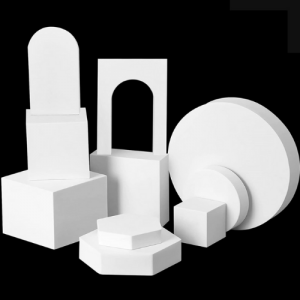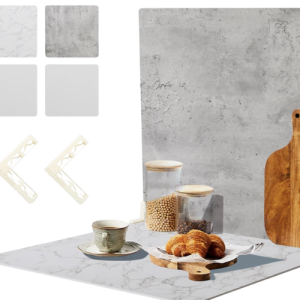CREATIVE TIPS:
Food Commercial Ads
Food commercials have evolved to become more than just a showcase of what's on the plate; they are an art form that tells a compelling story. In today's market, there's a significant shift towards promoting health-conscious foods, reflecting a broader societal focus on wellness and quality. Commercials must not only present these foods in an appealing way but also communicate their health benefits and how they fit into a wholesome lifestyle. This approach involves careful planning and execution. Every element, from the setting and lighting to the choice of ingredients, plays a crucial role in creating an engaging and persuasive ad. The goal is to make the food look so appetizing that viewers can almost taste it through the screen. To achieve this, the ingredients must be fresh and vibrant, capturing the heart of natural goodness.
From Fork to Film
Let’s be real - food isn’t just fuel; it’s an experience. Whether it’s a perfectly smashed avocado toast or a steaming bowl of pho, food has a way of connecting with people on a deeply emotional level. That’s what makes food commercials so powerful. You’re not just selling a product; you’re selling a story. The best food ads make you feel something - comfort, nostalgia, excitement - just by looking at the screen. And when you pair that emotional pull with the growing love for health-conscious eating? Chef’s kiss.
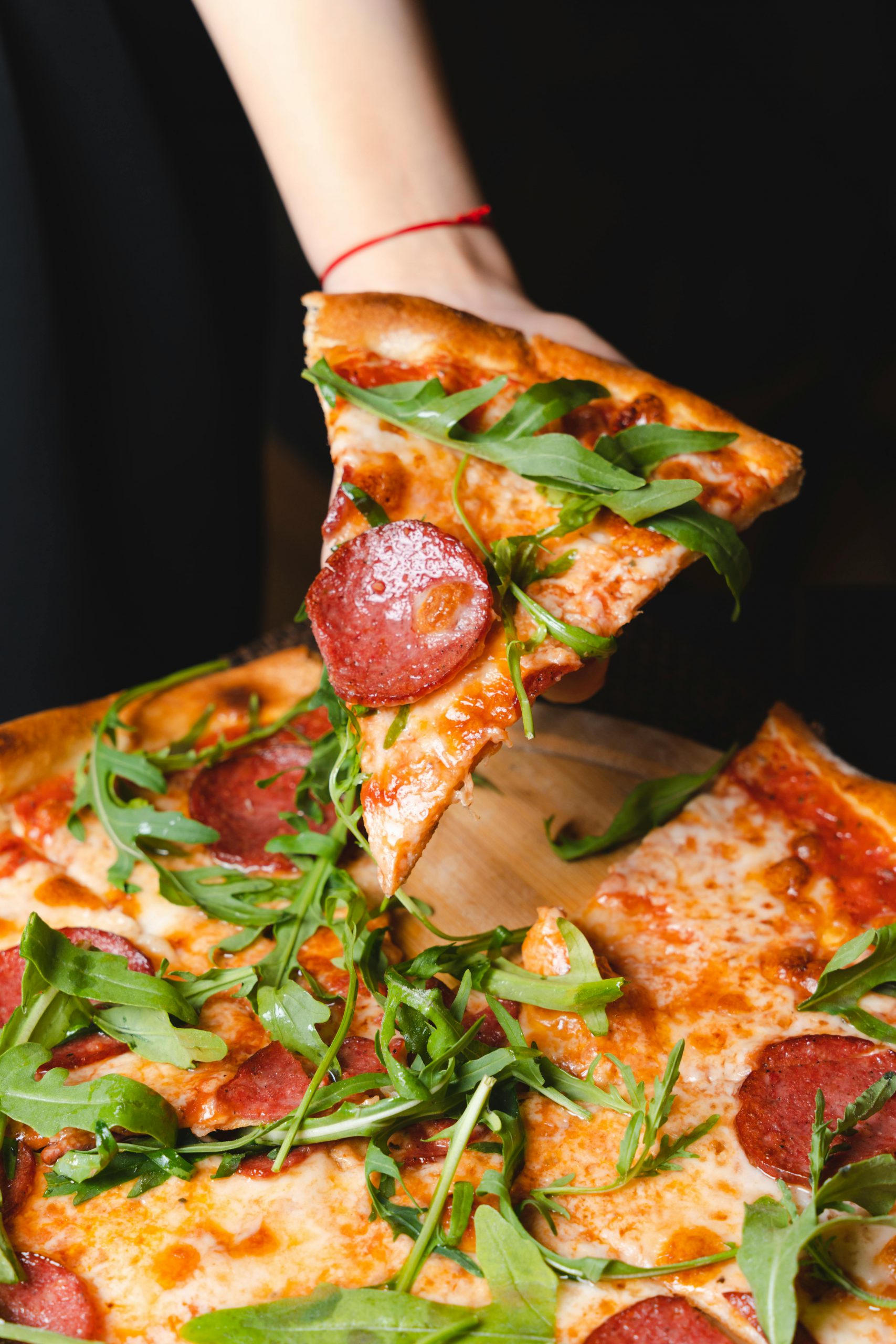
Creating Drool-Worthy Food Ads
Turning Dishes Into Stories
At the end of the day, food is about connection. Your commercials should make people think, "That could be me enjoying this." Maybe it’s a family sharing a meal, friends clinking glasses over a beautifully plated brunch, or someone indulging in a guilt-free treat while binge-watching their favorite show. Keep it real, keep it relatable, and above all, keep it fun. Because when people see themselves in your story, they’re way more likely to hit that buy button—or at least order that drool-worthy dish.
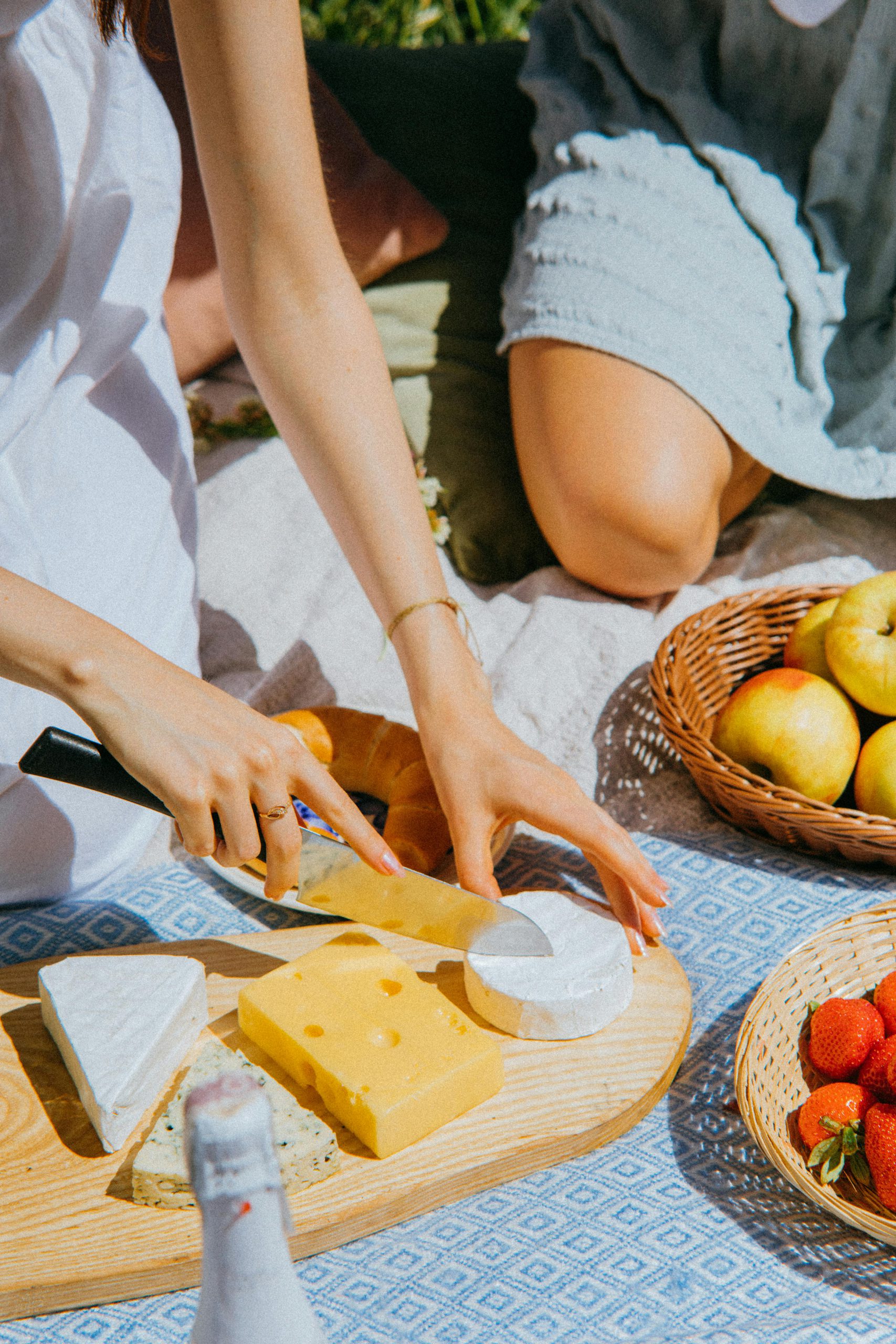
Creating the Perfect Atmosphere
The backdrop of a food commercial is key to setting the right mood. Opt for environments that naturally enhance the appeal of your dishes. A bright, airy kitchen or an inviting outdoor picnic scene can effectively showcase the fresh, wholesome nature of your ingredients.
Lighting is crucial. Soft, warm light can make colors pop and textures stand out, adding to the visual allure of your food. Consider using natural light or soft artificial lights to create a welcoming, homey atmosphere. Strategic shadow placement can add depth and dimension, making the food appear even more tantalizing.
Props and background elements should complement but not overpower the main dish. Use simple, rustic elements like wooden cutting boards, ceramic bowls, or fresh herbs to add a touch of authenticity and charm. The idea is to keep the focus on the food while creating a cohesive, inviting setting that draws viewers in.
Color schemes play a significant role too. Harmonize the colors of the background and props with the dish to create a balanced and visually pleasing scene. For example, if you’re showcasing a vibrant salad, a neutral background will help the colors of the vegetables stand out more vividly.
Additionally, the arrangement of items in the frame should guide the viewer’s eye towards the dish. Use the rule of thirds and leading lines to create a balanced composition. By meticulously planning the atmosphere, you can make healthy foods appear irresistibly appealing.
Innovative Storytelling
Storytelling in food commercials adds depth to the message, transforming a simple ad into a memorable experience. By intertwining a narrative that emphasizes the positive aspects of healthy eating, you can draw viewers into a world where wellness is not just an aspiration but a reality. Characters who embody a healthy lifestyle can act as role models, showing how nutritious foods contribute to their vitality and happiness. Imagine a storyline where a busy professional makes time for a nourishing meal that re-energizes them for the day ahead, or a family that comes together to cook and enjoy a wholesome dinner, reinforcing the joy and community of eating well.
Themes like sustainability, fitness, and family can make the story more relatable and impactful. For example, showing the farm-to-table journey of an organic vegetable not only highlights its quality but also the importance of sustainable practices. Similarly, incorporating scenes of physical activity, like a morning jog followed by a smoothie made from fresh ingredients, can underline the connection between diet and fitness.
Visual cues, such as the freshness of ingredients and the joy on characters’ faces, should be carefully integrated into the storyline. These elements help to create a cohesive narrative that appeals to viewers’ emotions, making the message of healthy eating more compelling and inspiring.
Focusing on Visual Appeal
Food commercial photography thrives on capturing the vibrant allure of healthy ingredients. Start by choosing the freshest, most colorful items, ensuring they are in prime condition. Think of crisp, green lettuce, plump, red tomatoes, and radiant, orange carrots. These bright hues immediately catch the eye and make the food look as appealing as it is nutritious.
Arranging the food thoughtfully is another key element. Aim for a balance of colors and textures on the plate, and consider the background’s color scheme to ensure the dish stands out. Use garnishes and complementary elements sparingly but effectively to enhance the main dish without distracting from it.
Lighting is crucial in bringing out the natural beauty of the food. Soft, diffused light helps highlight the textures and colors without creating harsh shadows. Reflectors and diffusers can help manage the light, adding depth and making the food look more tantalizing.
Angles and close-ups are also important in food commercial photography. A well-chosen angle can emphasize the dish’s most appealing features, whether it’s the layers of a decadent parfait or the glistening surface of a freshly made salad. Close-up shots can showcase the details, making viewers feel as though they can almost taste the food through the screen.
Adding Motion
Adding motion to food commercial video ads enhances viewer engagement and creates a dynamic visual experience. Incorporating slow-motion shots can showcase the freshness and quality of ingredients in a captivating way. Imagine slow-motion footage of juicy fruits being sliced or the gentle pouring of a rich dressing over a salad; these details can make the food appear more appetizing and luxurious.
Action shots during the cooking process can also add excitement. Capture the energetic sizzle of vegetables hitting a hot pan, or the smooth blend of a vibrant smoothie in real time. The rhythmic chopping of fresh herbs or the delicate folding of a batter can illustrate the care and precision involved in preparing the dish.
Time-lapse sequences can be used to show a longer process in a brief, visually interesting way. For example, the growth of fresh herbs from seedlings to full plants, or the slow rise of dough in the oven, can convey a sense of natural, wholesome production.
Transitions and camera movements can add fluidity and keep viewers’ attention. Panning across a beautifully arranged table or zooming in on the final plated dish can highlight different elements and textures, ensuring the food remains the star of the ad.
Choosing Music and Sound
The auditory elements of a food commercial can significantly enhance the viewer's experience. Select a soundtrack that aligns with the mood you aim to create. For a vibrant salad, an upbeat, lively tune can amplify the sense of freshness and energy. For a soothing tea advertisement, a softer, calming melody might be more appropriate. Sound effects are equally crucial. The crisp snap of a fresh vegetable, the bubbling of a simmering sauce, or the clink of utensils can make the scene more immersive. These auditory cues should be synchronized with the visual elements to create a cohesive and engaging ad. Mixing music and sound effects carefully ensures that neither overwhelms the other, maintaining a balance that keeps viewers focused on the food.
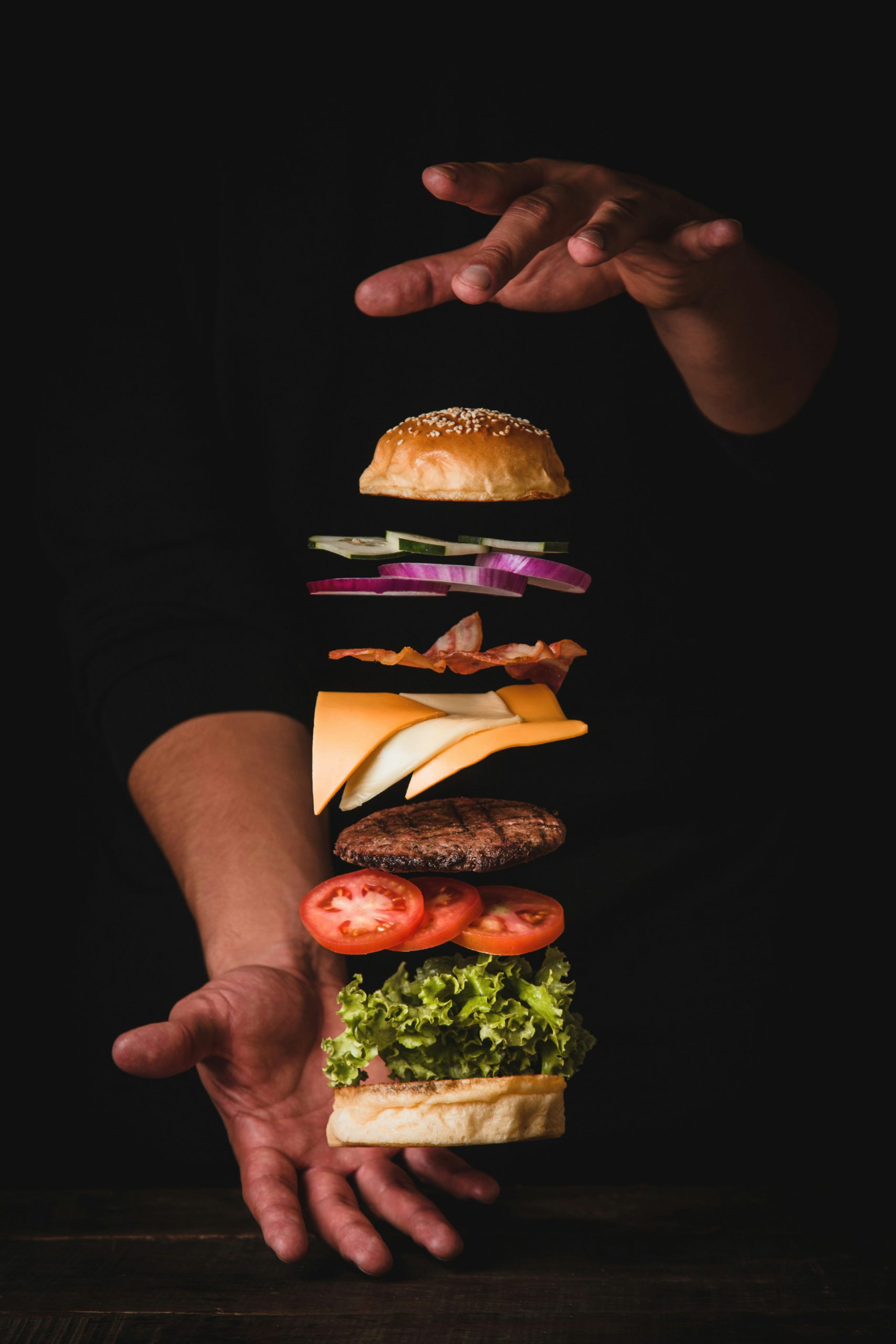
Captivating the Audience
To effectively captivate your audience, your food commercials should do more than just showcase delicious dishes; they should evoke an emotional connection and prompt action. Leverage the power of storytelling by creating relatable scenarios that resonate with your target demographic. Highlight moments of joy, comfort, and togetherness that healthy foods can bring into everyday life.
Interactive elements can significantly enhance viewer engagement. Utilize social media to create buzz around your commercial. Share behind-the-scenes footage, recipe tutorials, or nutritional tips that extend the narrative of your commercial. Engaging content can encourage viewers to participate, whether by trying out a featured recipe or sharing their own healthy eating experiences using a branded hashtag.
Calls-to-action should be clear and compelling. Encourage viewers to visit your website for more information, sign up for newsletters, or follow your social media channels for additional content. Offering exclusive deals or contests can also drive interaction and loyalty.
Testimonials and user-generated content can add an authentic touch. Showcase real people who have benefited from adopting healthier eating habits, reinforcing the positive message of your commercial. This not only builds trust but also creates a community around your brand.
Visual and auditory elements should work in harmony to maintain viewer interest throughout the commercial. Transitions, camera movements, and synchronized sound effects can add a dynamic feel, making the ad more memorable. The right music can set the tone and enhance the emotional impact of the visuals.
By combining these strategies, you create a multifaceted approach that not only attracts attention but also inspires action, fostering a deeper connection with your audience.
Insta-Worthy Eats
At the end of the day, food commercials aren’t just about showing off a pretty plate -they’re about creating an emotional connection that makes people hungry for more (literally and figuratively). Whether you’re highlighting health-focused dishes, going all out on aesthetics, or showing the behind-the-scenes magic, it’s all about telling a story that resonates. So grab your camera, get those creative juices flowing, and make something that leaves your audience saying, “I need that in my life - like, now.” Because let’s be real: when done right, food isn’t just a feast for the stomach; it’s a feast for the eyes and the soul.

